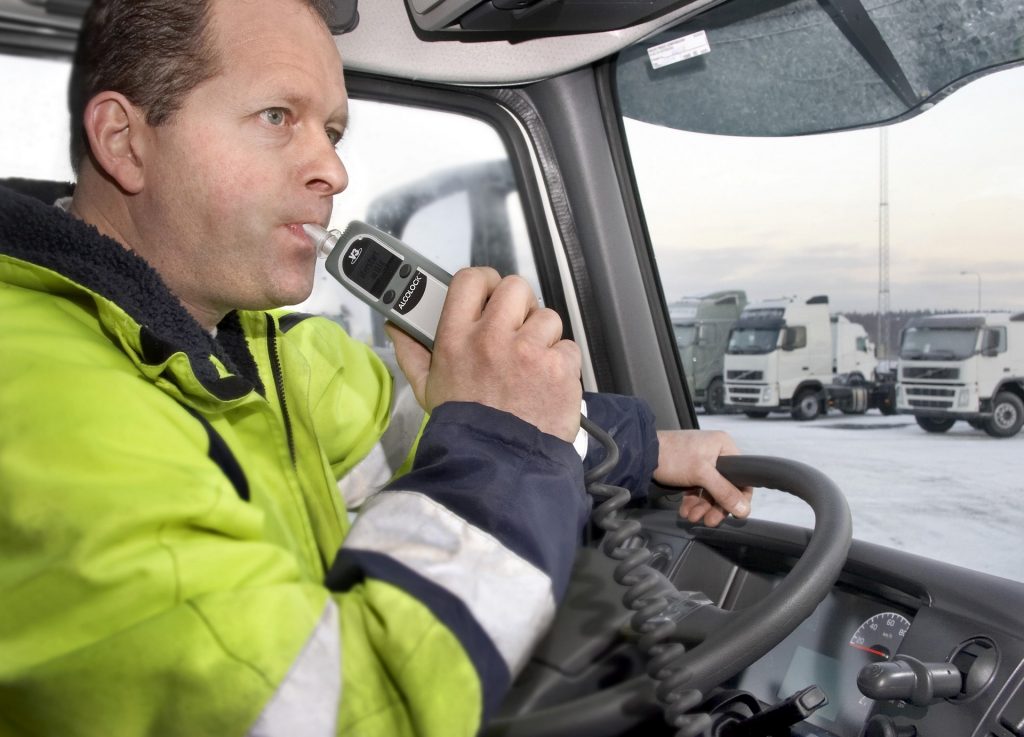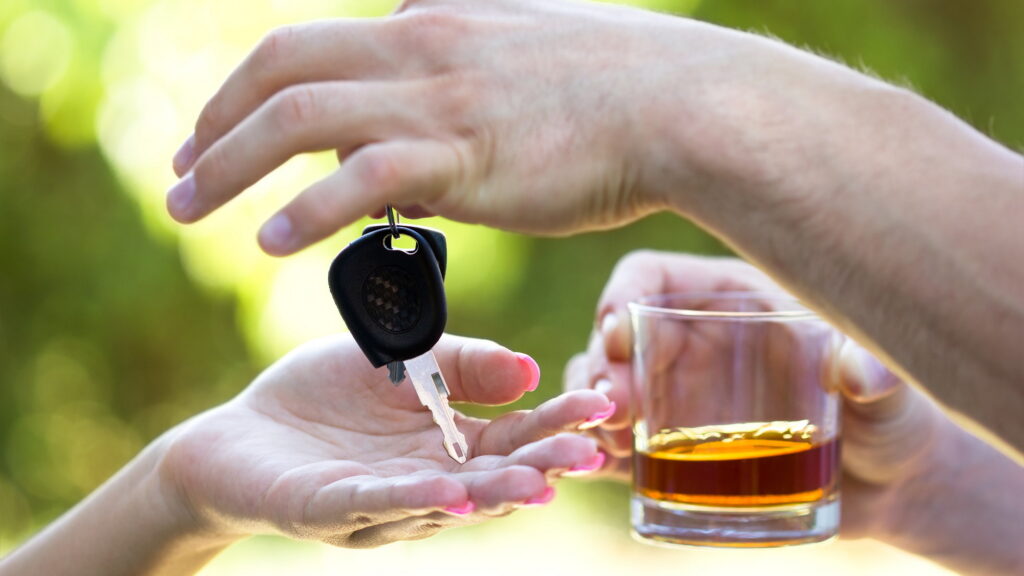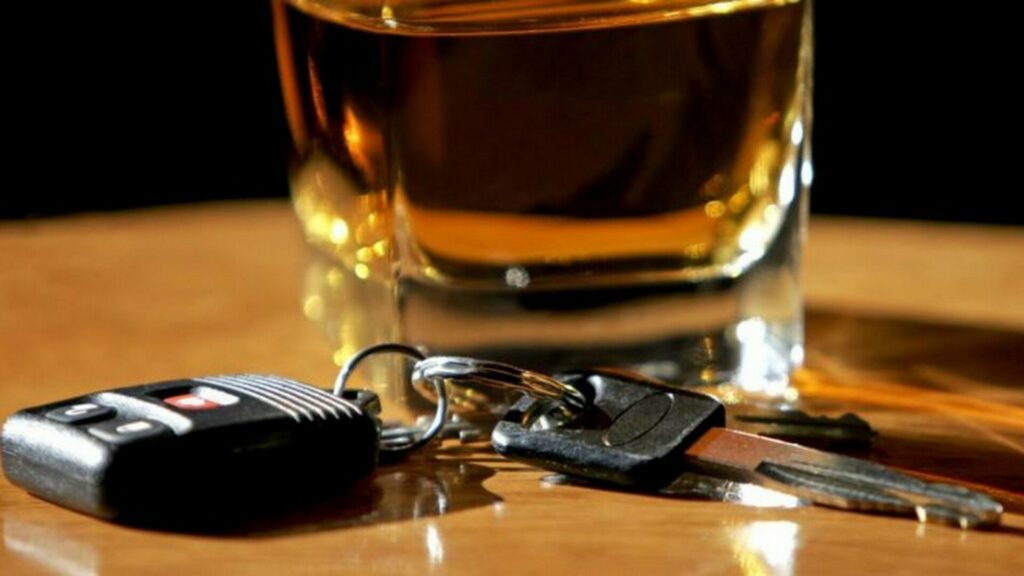Pressure is mounting on NHTSA to set up rules requiring automakers to include technology in new cars that will prevent drunk driving. A law passed back in 2021 requires those rules to be set no later than next year but for now, that technology doesn’t really exist. One supplier says that it thinks the industry was caught off-guard by the requirement.
The law in question is the Infrastructure Investment and Jobs Act of 2021. For the most part, it focused heavily on EV infrastructure but included in the bill was a section devoted to “passively monitor the performance of a driver of a motor vehicle to accurately identify whether that driver may be impaired.” The responsibility of including such technology in new cars is going to fall on automakers.
Mike Franchy, a director at Asahi Kasei, a tech company working on one such technology, says that most didn’t expect the regulation. “To be honest, I think it took everybody by surprise, not only in our company, but at all the OEMs and Tier 1’s that this legislation appeared,” Franchy told Automotive News.
“It’s something that’s been proposed in the past. But everybody assumed we’d see it required first in Europe. It really came about here in the U.S. thanks to years of effort by Mothers Against Drunk Driving to work with the auto industry.”
More: Police Officer Arrests Captain For DUI Despite Pleas To Have A Conversation Off Camera

It’s worth noting that a number of different sensors are in development to seamlessly detect blood alcohol content. That includes skin sensors, eye-tracking software, and the breath-analyzing technology mentioned above.
Each solution has its own unique potential challenges and all face a few significant problems. Those willing to drive drunk might also be willing to find a bypass to the system or even to have another individual pass whatever the test is for them.
In addition, as no system is perfect, it’s not hard to imagine a false-positive result leaving a totally sober person with an immobile vehicle. Or worse, one that fails to detect a drunk driver and safety is compromised.
Automakers and technology companies likely have the time they need to figure it out though. We told you years ago when the bill passed that there are provisions to extend the deadline if need be. Some language in it points to the idea that implementation of a final rule could take upwards of a decade.





